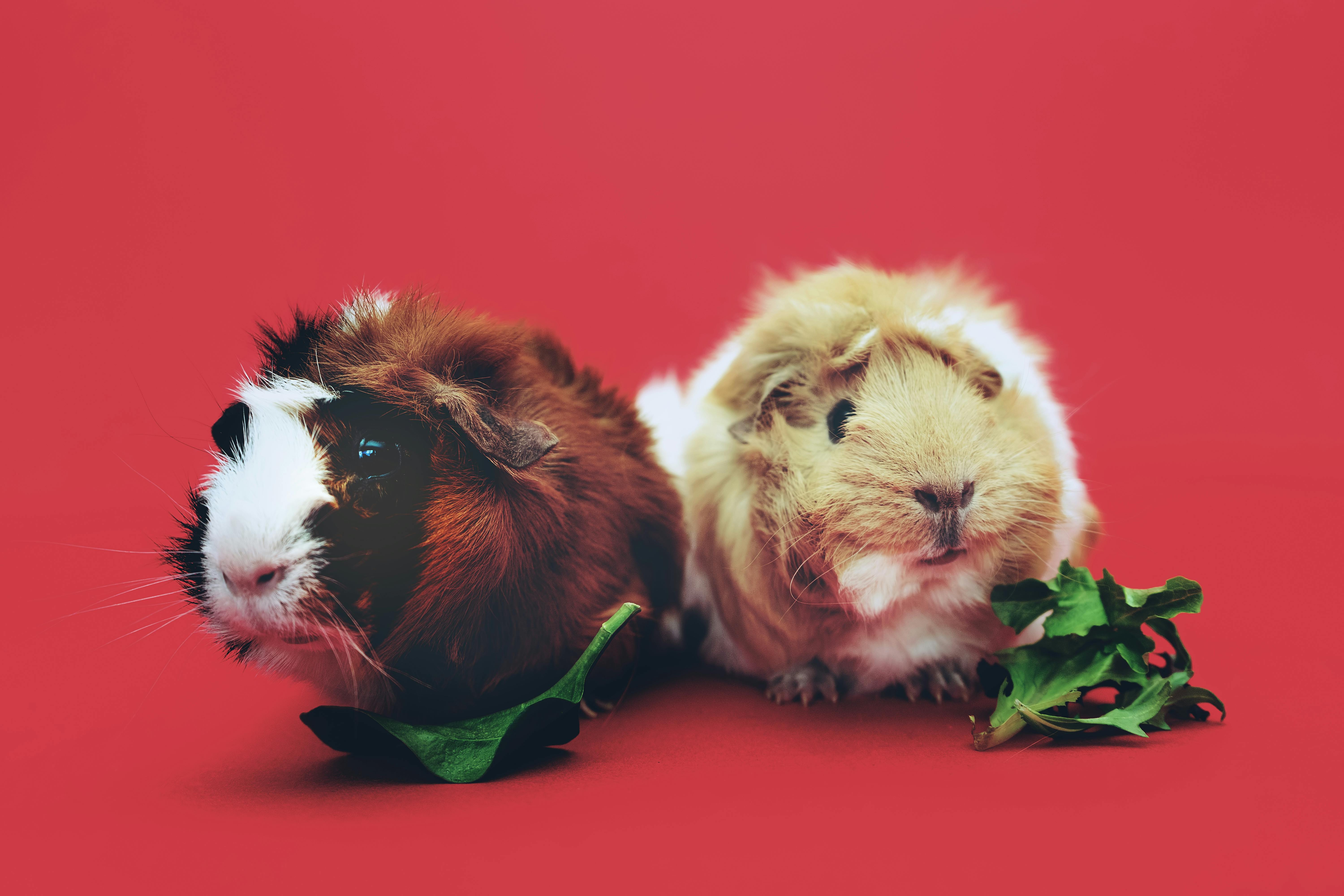Home
>
PetCare
>
Best 5 Ways to Care for Golden Albino Axolotls in 2025

Best 5 Ways to Care for Golden Albino Axolotls in 2025
Understanding the Golden Albino Axolotl
Golden albino axolotls are an enchanting variant of the more commonly known axolotl species. Their bright color and unique characteristics make them a popular choice among aquatic pet enthusiasts. As amphibians native to specific regions in Mexico, golden albinos require a tailored approach to care that extends beyond standard axolotl needs. This article will explore the essential methods for caring for golden albino axolotls, ensuring they thrive in your home aquarium environment.
When discussing axolotl care, one must consider their specific habitat requirements. These curious creatures require stable water conditions, the right temperature range, and compatible tank mates. As you delve into the specifics, understanding their needs will go a long way in promoting their health and growth.
Setting Up the Ideal Axolotl Habitat
Creating a suitable habitat for your golden albino axolotl is the foundation of effective axolotl care. A well-designed tank not only supports their health but also contributes to their overall well-being. The tank should ideally be at least 20 gallons, providing ample swimming space for these semi-aquatic animals.
Water quality is crucial; thus, a high-quality water filtration system is essential in maintaining clean and safe water conditions. The ideal temperature range for golden axolotls is between 16°C and 20°C (60°F to 68°F). Regular checks on your axolotl's water parameters—such as pH levels and ammonia content—will help ensure a conducive environment.
Implementing plants like Java moss or Anubias can enhance the beauty of your aquarium, providing shelter and enriching the aquatic environment. Just be cautious of sharp decorations, which could injure this delicate species with sensitive skin and gills.
Essential Axolotl Diet and Feeding Guide
Feeding your golden albino axolotl properly is vital for their growth and longevity. A balanced diet should consist of high-quality pellets, live or frozen foods, and occasional treats. Common food options include bloodworms, brine shrimp, and earthworms. Incorporating varied foods will not only fulfill their nutritional needs but also prevent obesity and other health issues.
It’s best to avoid overfeeding, as axolotls can show distinct behaviors when satisfied. Typically, they will gently stop eating when full. Regular feeding schedules help maintain routine, and removing any uneaten food promptly helps maintain water quality.
As golden albino axolotls grow, their dietary needs might adjust. Younger axolotls tend to have a higher metabolic rate, requiring more frequent feedings compared to adults. Understanding these growth stages plays a significant role in ensuring their health and vibrant coloring.
Maintaining Healthy Axolotl Behavior and Environment
Axolotl Health Issues and Disease Prevention
It's critical to be vigilant about potential health issues that could affect your golden albino axolotl. Common problems include swim bladder disease, gill rot, and skin infections. Identifying early signs is key to proper treatment. Regular check-ups for any abnormalities in their swimming patterns, gills, and skin help monitor their status.
Prevention is equally crucial. Maintaining good water quality can significantly reduce the risk of diseases. Ensure your axolotl's living conditions are optimal, including appropriate water temperature and frequent tank cleaning. Acclimating new axolotls properly before introducing them into your established habitat is also essential for preventing stress-related health conditions.
Proper nutrition plays a major role in addressing health concerns, as a well-nourished axolotl is generally more resilient to diseases.
Breeding Golden Axolotls: Tips and Techniques
If you're considering breeding your golden albino axolotls, it's essential to approach the process with knowledge and care. Begin with selecting a healthy pair, as their genetics will impact the offspring. Understanding axolotl genetics is key to recognizing potential color variations, including the traits responsible for yielding more golden or albino axolotls.
To facilitate breeding, ensure the water quality is stable and temperature conditions are met. Preferred temperatures around 16°C (60°F) can encourage breeding behaviors. Introducing natural elements like plants can stimulate the right environment.
Once eggs are laid, they are typically transparent and should be monitored closely. The development of embryos to juveniles is an exciting process that emphasizes the importance of nurturing the environment for the offspring.
Golden Albino Axolotl Facts and Interesting Insights
Assessing Golden Axolotl Characteristics and Lifespan
Golden albino axolotls boast distinctive characteristics, making them a striking aquatic pet choice. Their unique coloration stems from genetic mutations that alter their pigment, providing a captivating aesthetic. Understanding these traits, including their social and environmental behaviors, adds depth to your axolotl care routine.
Their lifespan can reach up to 15 years or more with proper care. Regular health checks and maintaining a stable environment contribute to their longevity. As a responsible pet owner, being knowledgeable about their needs ensures you play a significant role in their life span.
By connecting with knowledge about golden axolotl characteristics, including color changes and behaviors, you can promote their well-being in captivity.
Final Thoughts on Caring for Golden Albino Axolotls
Adopting a golden albino axolotl is both a rewarding and educational journey. As you enhance their living conditions, diet, and understanding of their behaviors, you not only ensure that they thrive but also deepen your connection with this remarkable species.
For those embarking on the journey of axolotl ownership, remember to engage with other axolotl enthusiasts and research their care needs continuously.


